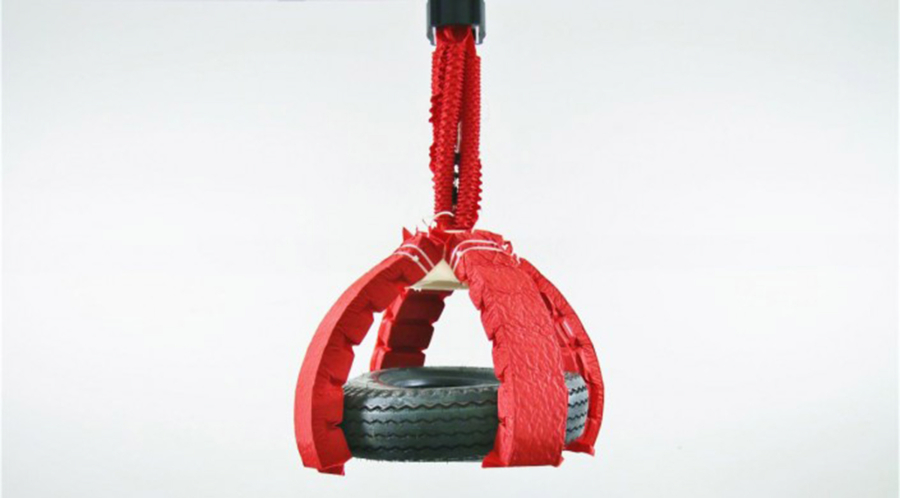Scientists at the Massachusetts Institute of Technology and Harvard University have developed a variety of origami-inspired artificial muscles that can lift up to a thousand times their own weight — and yet be dexterous enough to grip and raise a delicate flower.
The devices, described in the Proceedings of the National Academy of Sciences, offer a new way to give soft robots super strength, which could be used everywhere from inside our bodies to outer space.
Historically, robots have been made of metal and other hard materials because it gives them strength. But robots also need to be made out of soft, pliant parts to deal with hard-to-reach places, navigate unpredictable environments and safely interact with people. (Consider, for example, the dangers of shaking hands with a robot with a steely grip.)
So scientists have increasingly tried to make robots with soft parts. In earlier times, those bits were relegated to a hard robot’s outsides, essentially as padding. But researchers are increasingly building robots whose other crucial parts are soft — recently going so far as to create an octopus-inspired robot.
“We’ve been interested in soft robots for a long time because they’re safe, because they are compliant and because they can deal with uncertainty,” said roboticist Daniela Rus, director of MIT’s Computer Science and Artificial Intelligence Laboratory and one of the study’s senior authors. “They’re very robust and easy to control, relatively speaking.”
But there’s been one big drawback to soft-bodied bots: Unlike robots made out of hard materials, they’re not exactly power lifters.
“What we want are soft, safe, compliant robots that have strength, that have the properties that are now achievable with hard-bodied systems,” Rus said. “This way we have the best of both worlds.”
Rus and her colleagues solved this problem by drawing upon origami techniques, which have recently proved useful for making many kinds of robots. (One such bot, RoboBee, was pioneered by fellow senior author Robert Wood of Harvard.) Origami techniques have the potential to produce many complex designs at low cost because they use small amounts of material and surprisingly simple processes.
For this work, the scientists used origami techniques to create musclelike structures that could give a limb flexibility but still allow it to move without needing any hard parts.
They designed folded structures specifically meant to shorten, curl, twist or bend into specific shapes when they were compressed. The researchers sealed those long folded structures in a bag of polymer “skin” and filled them with air or another fluid. When a vacuum sucked the fluid out, the origami structure squeezed together, contorting into the shape determined by its folding patterns.
The researchers found that some origami muscles could squeeze down to a tenth of their original size, or lift up to a thousand times their own weight. They could produce roughly six times as much force per unit of area as mammalian muscle.
Each fold pattern can only move in one way, but Rus said many different patterns could be linked together for a multifunctional robot, like an origami Swiss Army knife.
Such robotic limbs could be used at tiny scales, perhaps to do repair work inside of our bodies. They could be useful at large scales, for building in outer space. They could enable wearable exoskeletons for lifting heavy objects, or be sent to probe deep-sea environments. They could even do the most deceptively mundane tasks — such as lifting a heavy carton of milk or a bunch of grapes without squashing them.
A more human-scale proof of concept could be next on the to-build list, the scientist said.
“I want to make an elephant,” Rus said with a laugh. “Or maybe a baby elephant.”



